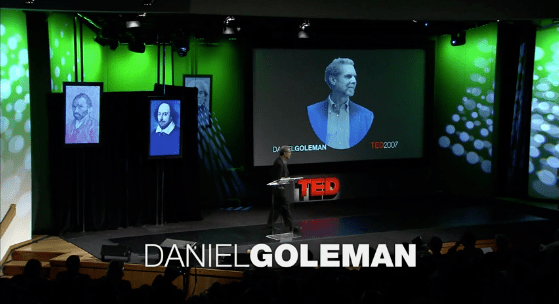Emotions And Leadership: Do They Mix?
In Daniel Goleman’s Primal Leadership , it is difficult to choose just one point made on the topic of emotional intelligence and its ability to resonate with the reality of the ultimately paramount role that emotions play in effective leadership. As a supporter of leadership and the dynamic role emotions play in the success, failure, or “existence (just getting by, yet not thriving),” of organizations, Goleman hits the nail squarely on its “emotional” head. Of all the content in Primal Leadership , the following points stand out most concerning the topic of emotional intelligence and its role in leadership.

Specifically, chapter 9, The Emotional Reality of Teams, and chapter 11, Creating Sustainable Change resonate the most loudly with this concept. First, Goleman writes the value of “open discussion and [healthy] disagreements about ideas…sharpen[s] decision making,” in reference to group dynamics and emotions driving either collective and individual choices. He writes “when teams face their collective emotional reality, they begin a healthy reexamination of the shared habits that create and hold that reality in place (p. 172).”

Having been a part of several teams and groups charged with collective decision making, I can say with certainty that Goleman’s position is absolutely correct. When teams are not in tune with the collective nature of group think, and the impact individual emotions play on the whole, the results are never as powerful or sustainable as they could be. When “shared habits,” or typical modus operandi is overlooked in exchange for what feels politically correct, the decision to do so is akin to snipping open a caterpillar’s cocoon in an attempt to ease its transition into the butterfly it hopes to emerge as. The tension of dealing with, and understanding emotional dynamics is a necessity, just as the tension built up as the caterpillar struggles out of the cocoon gives the strength for flight as a butterfly. Without a healthy degree of tension, and a respect for collective differences, the whole is never able to truly operate as something truly greater than what its parts should add up to.

Similarly, Goleman writes, in chapter 11, “…there are a number of reasons why leadership development initiatives fail…” namely, choosing to “ignore the [emotional] state of the organization,” “Attempt to change only the person, ignoring the norms of the groups they work in every day…,” and finally, “Fail[ure] to develop a language of leadership…and emotionally intelligent leadership practices (p. 232).” When emotions are left out of the equation, team members will inevitably struggle to feel as if they have a true steak into the heart and soul of the organization or mission. Without being emotionally vested, loyalty and creativity suffers, and without loyalty or creative energy, all that really exists is a shell with the absence of a true heartbeat. Remove emotion from the dynamics of effective leadership, and you have essentially removed the heart of any lasting influence that an organization or individual might accomplish.
About the author of Primal Leadership :
Dr. Goleman is an internationally known psychologist who lectures frequently to professional groups, business audiences, and on college campuses. Working as a science journalist, Goleman reported on the brain and behavioral sciences for The New York Times for many years.




